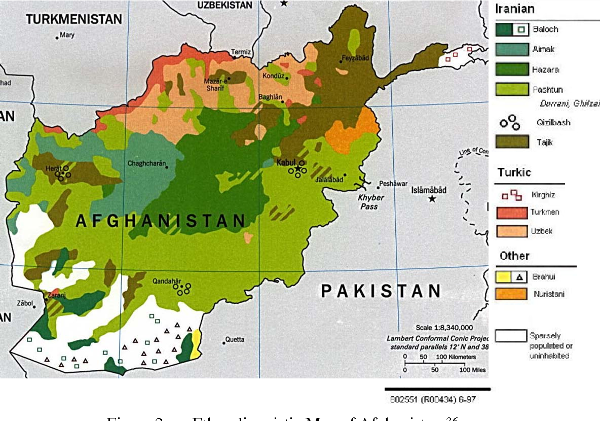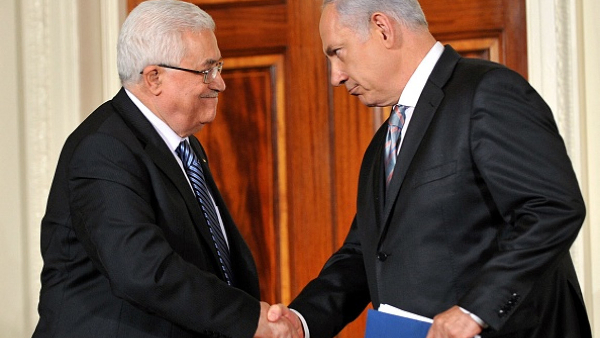Announcement of US new strategy beside the already-existing border and historical disputes are more and more exhibiting the rivalries between the global powers in the East Asia region. The new US war strategy has replaced Pakistan with India, motivating Islamabad to move closer to China day by day. Such a closeness has intensified competition between China and India. Now the expansion of the sea domination is being added to the list of the neighbor’s spheres of the contest. Where can these disputes between the world’s most populated nations go? What future prospects can be foreseen for them?
As of now, the dominant territorial dispute is between China and a set of East and Southeast Asia states. China is claiming an array of the regional islands to be its own, while other sides including Taiwan, the Philippines, Vietnam, Malaysia, and Brunei, all the US allies, are clinging to the same claim of ownership. A demarcation line called Nine-Dash Line, initially drawn by the president of the former Republic of China Chiang Kai-shek and subsequently upheld by the People’s Republic of China government, claims the major part of the South China Sea.
This is enough for India, an ally of the US, to be motivated to step in a regional territorial struggle. According to some analysts, India is setting in motion a policy, dubbed “Act Asia”, in a bid to boost its economic and diplomatic relations with Southeast Asian countries. On January 26, the same day in which the nation celebrated its independence anniversary, New Delhi hosted a conference of the ASEAN (Association of Southeast Asian Nations) organization. The main goal of China is to work with regional states for maritime security which the US allies argue is endangered by Beijing
As time goes by, some Southeast Asians countries will engage with India as a big trade partner, a catalyzing force, and a balance-making party in the region. The situation is still in favor of the Chinese, however. Because China and the regional countriesí trade volume at the present time goes beyond $470 billion, six times larger than the Indian trade with the ASEAN states. According to figures published, the India-ASEAN trade volume for 2016-2017 witnessed some increase in comparison to the year before and touched $70 billion.
The government of Prime Minister Narendra Modi is increasingly displaying a resolution to bolster its business and investment ties with Southeast Asia. India is also interested in being engaged and influential in the negotiations of the Regional Comprehensive Economic Partnership (RCEP), a free trade agreement under discussion by the ASEAN states.
Beside work for joining the collective economic partnerships, the Indian PM also tries to arrange for strong mutual relations with the regional countries. This includes work with such countries as the Philippines whose leaders are firmly pursuing anti-Beijing policy lines. During the mutual meetings in New Delhi, the sea security was a top discussion point, with the sides focusing on the expansion of the naval presence in the Pacific Ocean and the Indian Ocean.
Modi met with ASEAN leaders, including State Counselor Aung San Suu Kyi of Myanmar, President Joko Widodo of Indonesia, and President Rodrigo Duterte of the Philippines and highlighted the commonalities in culture and interests between India and the ASEAN states. Accentuation of the common interests is one of the approaches adopted by the Indian leaders as they struggle for the realization of their objectives in East Asia.
After all, the developments are moving faster than before in Asia-Pacific region. Now some are talking about the shift of the US strategy from Asia-Pacific to Indo-Pacific. On the other side, the new strategies, amid a new emerging square alliance gathering together the US, India, Japan, and Australia, all show that the equations are changing and the powersí competition is hitting new levels.
Nearly all Chinese experts approach the new national security strategy of the President Donald Trump administration with pessimism. They argue that such a doctrine will destroy the understanding and dialogue-based atmosphere needed to solve the regional crises, especially those of East Asia.
It appears that the US, along with its ally India, wants to check the Chinese transformation from a land power to a sea power. That is why the White House is concentrating its Asia-related policymaking on this area of action. But it should be taken into account that China puts a premium on sea influence. Its defense doctrine of 2015 highlighted the sea as one of the most significant areas where Beijing should step in and strengthen its capabilities and exhibit its potentials. Therefore, the South China Sea is of significance to China’s national security. Although Beijing has taken important steps over the past eight years towards maritime weight gain, it is yet to make a crucial difference in the regional balance of power.
LINK: https://www.ansarpress.com/english/9339
TAGS:































 Violation of the sovereignty and rights of afghan citizens by America
Violation of the sovereignty and rights of afghan citizens by America




